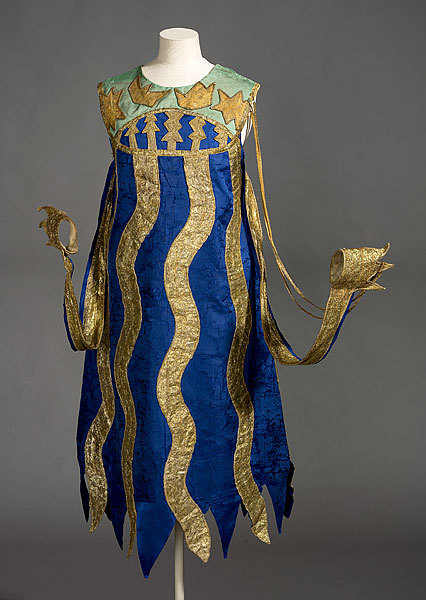
I wasn't sure about this exhibition as my sister had gone to it and was decidedly unimpressed but I have since realised that that is probably because she is far more concerned with fashion and current trends as opposed to combining, say, architectural elements with clothes so as to make them more like a performance piece than a wearable garment. The exhibition was all about trying to use clothing as a mechanism to convey identity, whether that be in a way that burdens the wearer or empowers them. The exhibition was divided into 4 sections, Building, Storytelling, Belonging and Confronting and Performance. My favourite being the Building section purely because of its bizarre designs; I appreciate that whether or not it was deliberate some of the artists such as Mella Jaarsma manage to make a statement but still inject humour into their work. She exhibited 'Shelter Me 1' which is a piece that is connected with revealing someones social and individual identity by designing sculptural protective clothing that reflects the culture of the place it was made. Just like a temple encases a vision or a set of beliefs, this mobile temple that refers to the religious architecture of Yogyakarta in Indonesia can encases someones whole identity and give them the same level of protection on a spiritual level as a temple would.

It is well worth looking at Jaarsma's website as on it all of her works are catalogued and for the time being the homepage has a wonderful piece called 'Shaggy' that is an enormous wig to show the shaggy haircut favoured in Indonesia and the dominance of beauty salons there amongst high street shops.


